Where Do Usb Ports Go Building a Gaming Pc
What all port on your PC is for
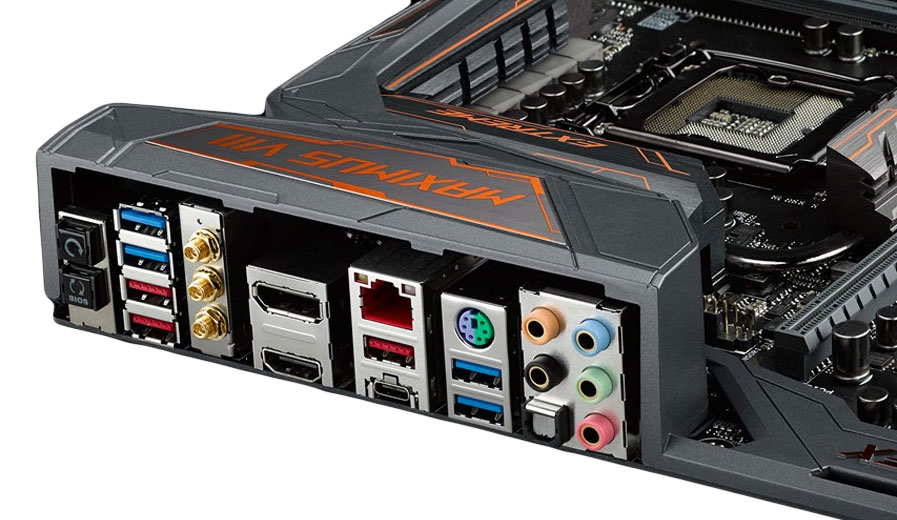
The Complete Guide to Microcomputer Gaming
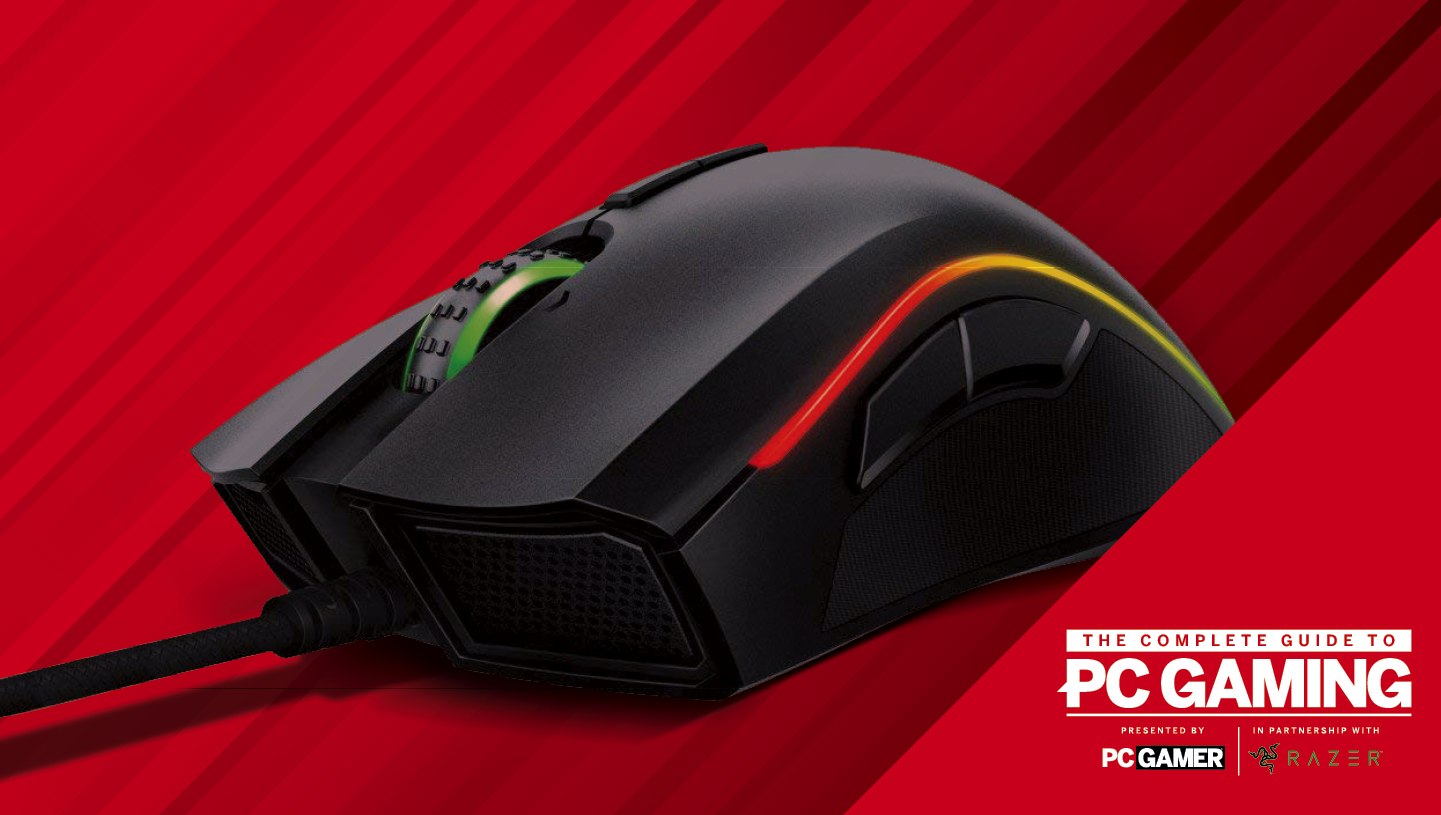
PC Gamer is passing back to the basics with a serial of guides, how-tos, and deep dives into PC gambling's core concepts that we'Ra calling The Complete Guide to PC Gaming. There's a lot many to come, and it's all being made possible by Razer, which stepped skyward to support this months-elongate project. Thanks, Razer!
Your PC is covered in holes. Whether you just finished your gaming PC build OR you're victimization an old beater, ports of complete kind dot the front and posterior of your computer. Some, like the USB and HDMI ports, are used almost every day and are overt in their functions, but there are some less common inputs that might be cause for many steer scratching. Older hardware in particular can be ripe with dated I/O ports that aren't used complete that often. Even so, it's good to eff what everything on your PC does. To that remnant, we've put together a primer detailing all larboard on your new operating room antiquated computer and their associated functions.
We'll group the ports types into three oecumenical categories, video, peripherals, and miscellaneous. Within apiece category, we'll go across the ports in order from oldest to newest.
Video ports
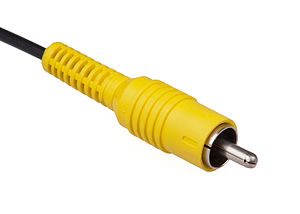
Composite Video
One of the earliest examples of video input, composite picture was invented in the 1950s when the first color TVs came some. A lot of elder-model TVs and monitors used these connections, although they were less common on PC ironware.
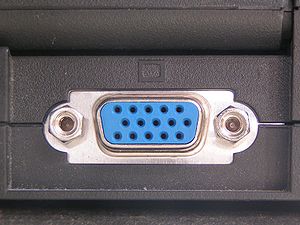
VGA
The Video Graphics Array port on your PC is used to output video to a Monitor display. Named for its D shape, VGAs are a 15-pin First State-15 classification connection, and they typically have ii small screws on the side that are wont to ensure a secure connection. First developed in 1987, VGA has for the most part been replaced by HDMI and DisplayPort connections these days, but they'ray still boot around, true on modern graphics cards. Look-alike the name implies, it only transmits picture, non sound. (Pre-VGA video connectors also existed, but hopefully no of you still have an old EGA/CGA port on a Microcomputer you currently use.)
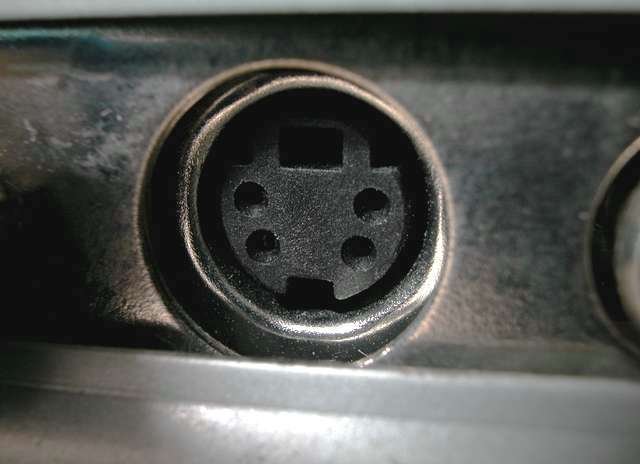
S-Video
S-picture was also developed in 1987 as a more sure-footed version of a composite video link. This 4-pin connective only carries video signals, so a single out audio cable is required in order to get sound with your picture. This bridged the spread between composite video and element video on a lot of display devices.
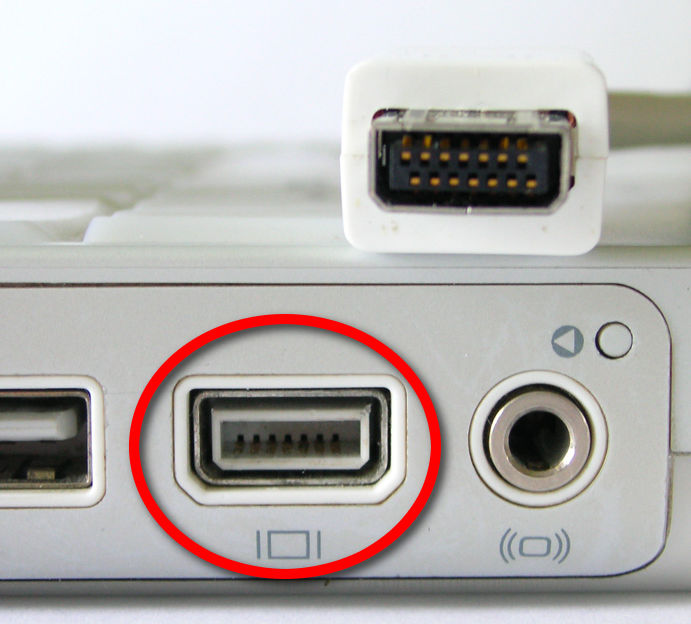
Mini-VGA
Mini-VGA is the smaller, more compact version of touchstone VGA. More common happening laptops than on background PCs, miniskirt-VGA has fewer pins and a smaller footmark systematic to hold smaller devices. Like typical VGA connectors, the miniskirt-VGA became less common as HDMI and DisplayPort took over as the standard television connection.
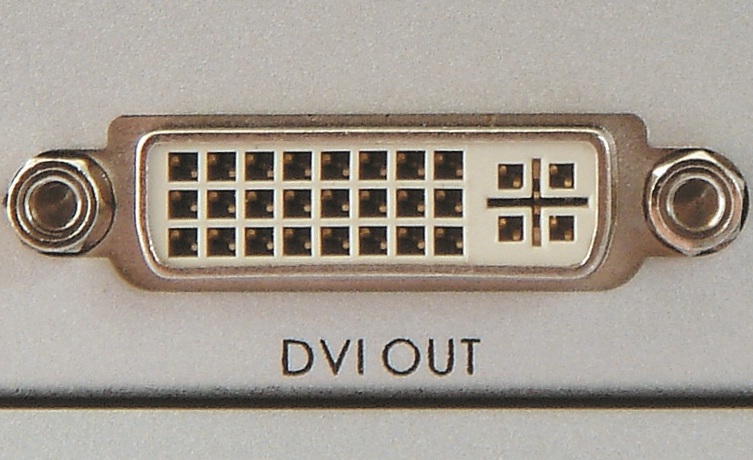
DVI
Developed in the late '90s with the intent of replacing VGA, the Whole number Telecasting Port input started arsenic a 24-pin connection that more efficiently transmitted data from a twist to a display. There are three variants of DVI: DVI-D (digital only), DVI-A (analog only, basically an alternative to VGA), and DVI-I (supports analog and digital connections, pictured higher up). Single-link DVI-D connectors omit the mid six pins and top out at around 2048x1152 at 60Hz, while plural-link connections can pretty up to 2560x1600 at 60Hz. Equally the call implies, the DVI is a digital alternative to the analog connexion of VGA, resulting in high resolutions and faster connections.
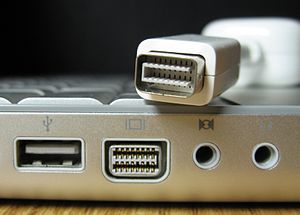
Mini-DVI
Developed by Malus pumila to fit on its early-2000s PowerBooks, MacBooks, and iMacs, the mini-DVI connector got a lot of criticism from consumers as beingness a cash-snaffle. Because mini-DVI carries only digital signals, a special adapter was needed in order broadcast analog signals from Apple's computers to external monitors and displays.
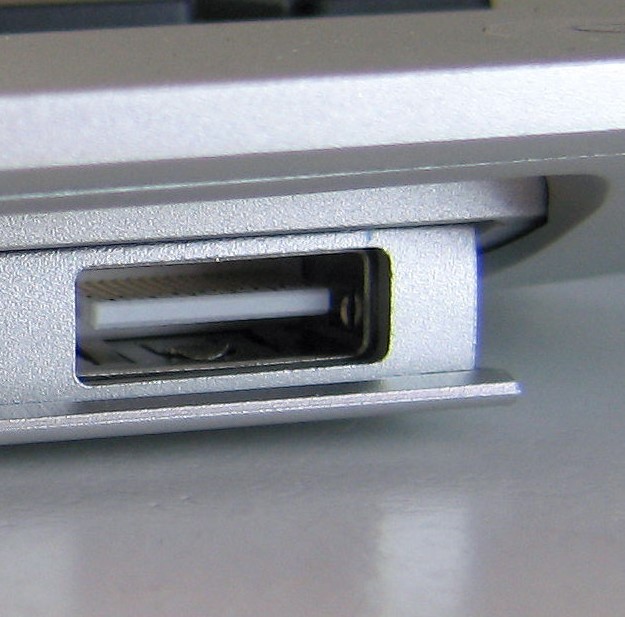
Micro-DVI
Like the miniskirt-DVI, the micro-DVI connector was designed past Apple. Equally the form factor on Apple's laptops decreased in size, a smaller connection larboard became increasingly necessary if the user was to connect the machine to an extrinsic display. Like its predecessor, the little-DVI requires a special adapter ready carry parallel signals to a monitor.
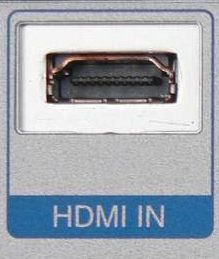
HDMI
Designed in the early 2000s as a consumer-friendly, all-purpose input, the High-Definition Multimedia Interface is the current criterional for video output. It was also the 1st input that was capable of carrying some audio and video. You can find an HDMI port on a immense variety of devices, from PCs and laptops, to televisions, game consoles, tablets, and even some smart phones. Now, most manufacturers have derelict VGA in favor of HDMI thanks to its ability to handle high definition telecasting with ease. There are also mini-HDMI and micro-HDMI variations, most often seen on tablets and smartphones, but almost never on PCs.
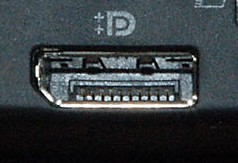
DisplayPort
HDMI may cost the standard television connection at the moment, simply it comes with any limitations. Most notably, HDMI struggles when IT comes to 4K resolutions and multi-monitor setups. DisplayPort picks up that slack. Designed in 2006 as the supreme display interface, DisplayPort lacks mass appeal thanks to manufacturers' insistence on using HDMI. Just at the moment, it's the most tried input when it comes to resolutions beyond 1080p. DisplayPort is also royal house free, whereas the ubiquitous HDMI user interface requires a license.
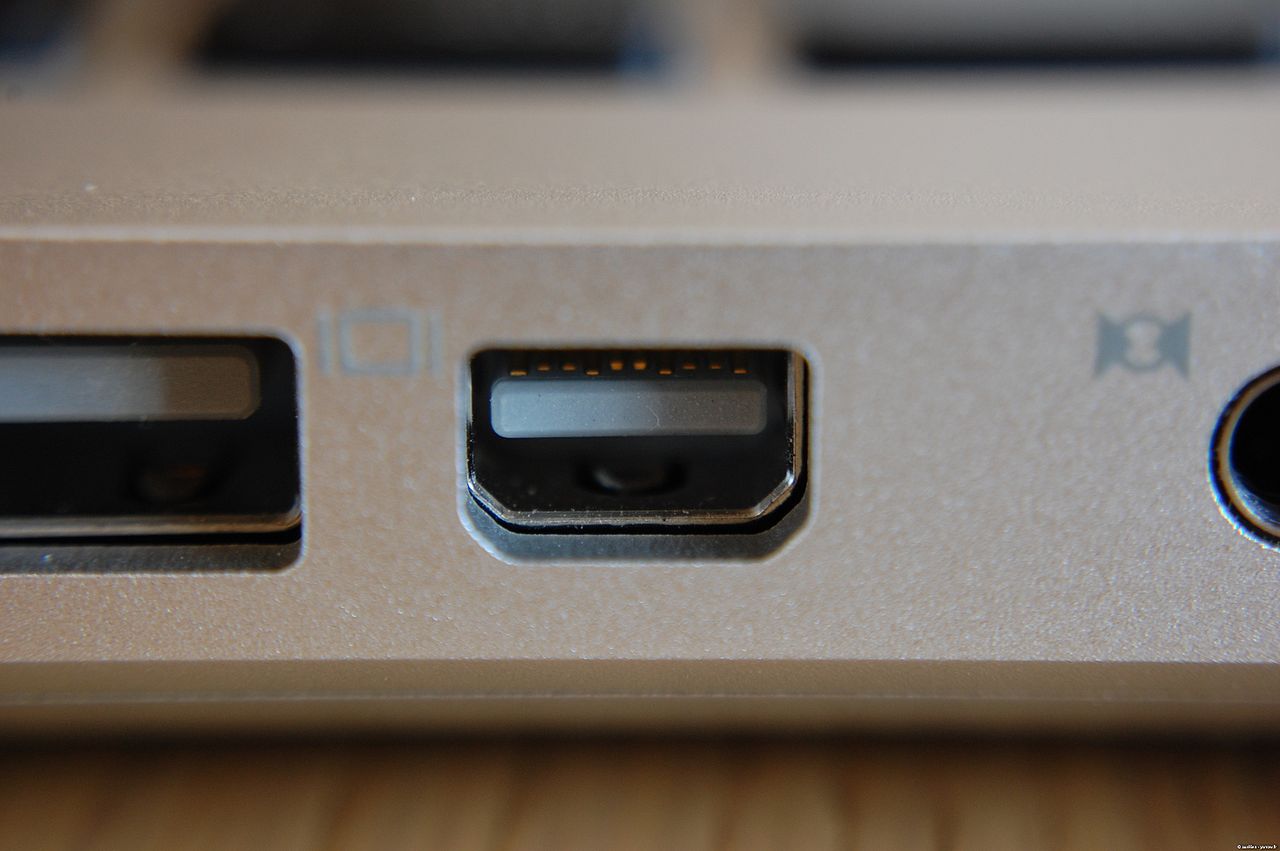
Mini-DisplayPort
Designed by Apple to supersede micro-DVI, the mini-DisplayPort was found on almost MacBook models until recently. It's since been replaced by Malus pumila's Thunderbolt connection. It's too routinely seen on PC laptops, also as some screen background graphics cards. The Thunderbolt 1/2 connector uses the same physical connexion (see below), though it can besides persuade non-AV data.
Circumferential ports

PS/2
PS/2 ports are put-upon to connect peripherals like mice and keyboards to your Personal computer. Premeditated in 1987, IT's a 6-pin connection that has by and larger been superseded by USB. (Anterior to PS/2 was the Ruction connective, which we haven't seen in decades.) Most modern motherboards still have a Postscript/2 port wine or two, but the connective has mostly fallen out of vogue.
USB
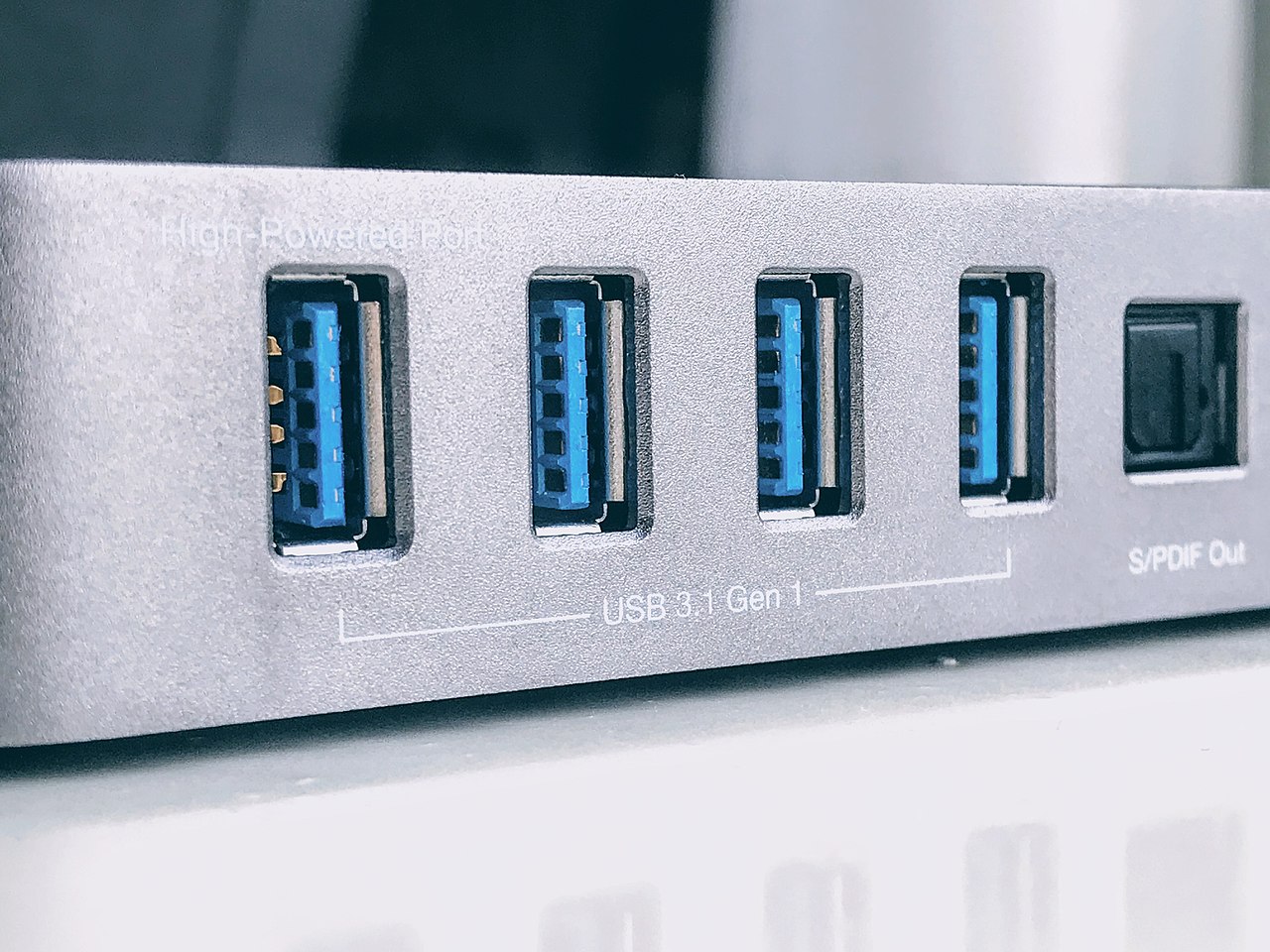
USB stands for Comprehensive Serial Bus and is the standard method of connecting a immense number of devices to a PC. Developed in the mid-'90s, there have been three generations of USB connectors.
USB 1.0 was discharged in 1996, and allowed information transfer of speeds up to 12Mbps. It was incapable to accommodate telephone extension cables operating room passthroughs until version 1.1 released in 1998. Since then, it's been the classic for device connections across the entire tech industry.
USB 2.0 was released in 2000. This second generation could transfer data at adequate to 400 times the speed of the original USB—a theoretical maximum of 480Mbps.
USB 3.0 was released in 2008 and increased the data transfer speed to a big 4.8Gbps. When USB 3.1 was released in 2013 it upped the transpose velocity to 10Gbps, commonly referred to as USB 3.1 Gen2, and again in 2017 to 20Gbps with USB 3.2.
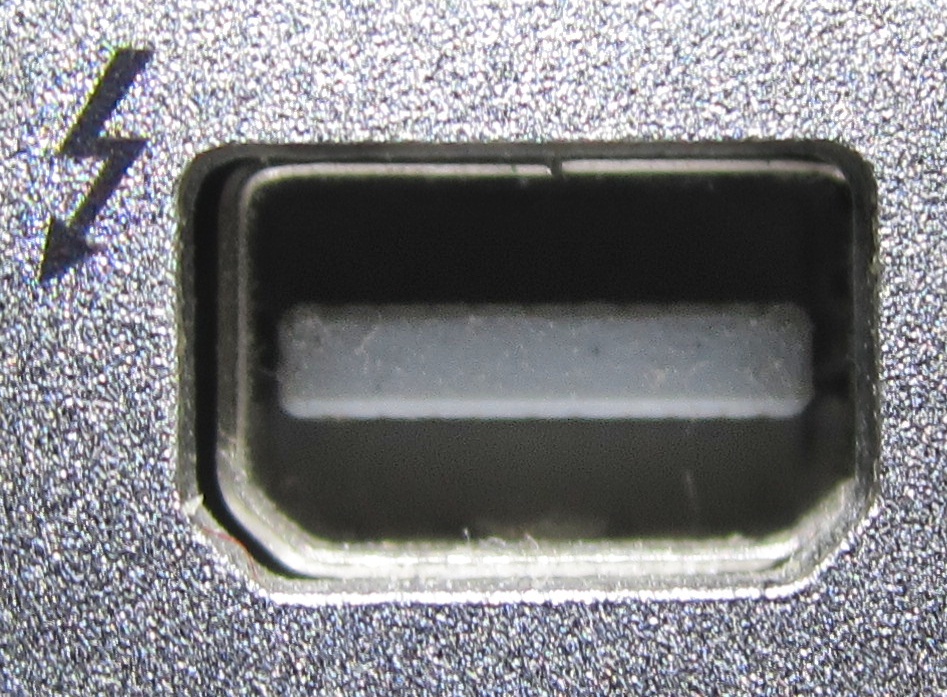
Thunderbolt
Orchard apple tree's current signature tune connective interface, Thunderbolt was developed in conjunction with Intel, in the beginning launching in 2011. The first-year ii iterations of Thunderbolt used the aforesaid connector as mini-DisplayPort, while Thunderbolt 3 uses the USB-C connector. Thunderclap 3 is currently resourceful of powering cardinal external 4k monitors at a 60Hz refresh rate, Oregon a single monitor at 120Hz. This port is most commonly seen on Apple products, though some high-end laptops also support Thunderbolt.
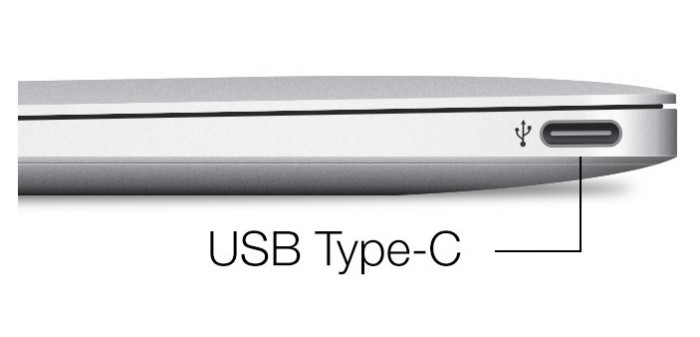
USB-C
Developed in 2014, the USB-C connection's functionality is shapely on the framework of USB 3.0, but in a more universal shape. Unlike USB, USB-C can comprise flipped over and inserted into a gimmick at either predilection. It's also popping up on smartphones and other mobile devices thanks to its more compact design. USB-C is fast becoming the future of device connector.
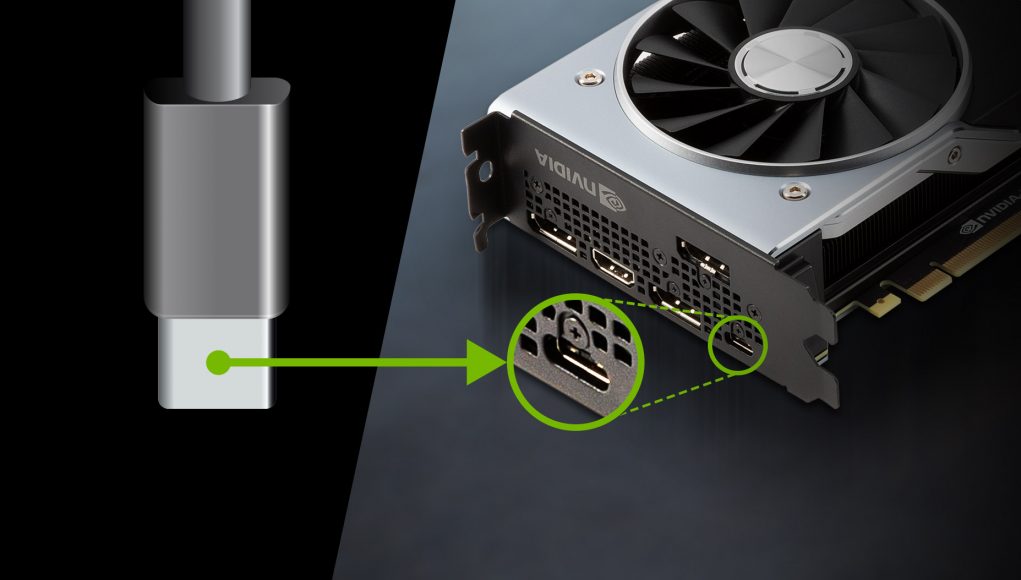
VirtualLink
Earlier in 2018, information technology was declared that the myriad cables needed to connect a VR headset to a computing device would exist clean-shaven down to a single USB-C connection. NVIDIA and AMD are among the several companies WHO have agreed to this radical single-cable standard. The USB-C larboard has begun to pop up along new graphics cards, like-minded NVIDIA's new RTX line.
Heterogenous connections
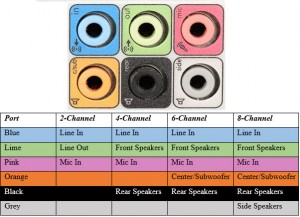
Surround Sound Connectors
These six inputs are found on nearly every authoritative-medium-size motherboard. Any of the someone ports are utilized to connect headphones or a microphone, but use every six together and you've got a method of hooking risen a surround sound system to your PC, with mike and S/PDIF every bit optional extras. Many sound systems have migrated to USB these years, especially for headsets and microphones, and the antiquated audio frequency ports are becoming legacy options.
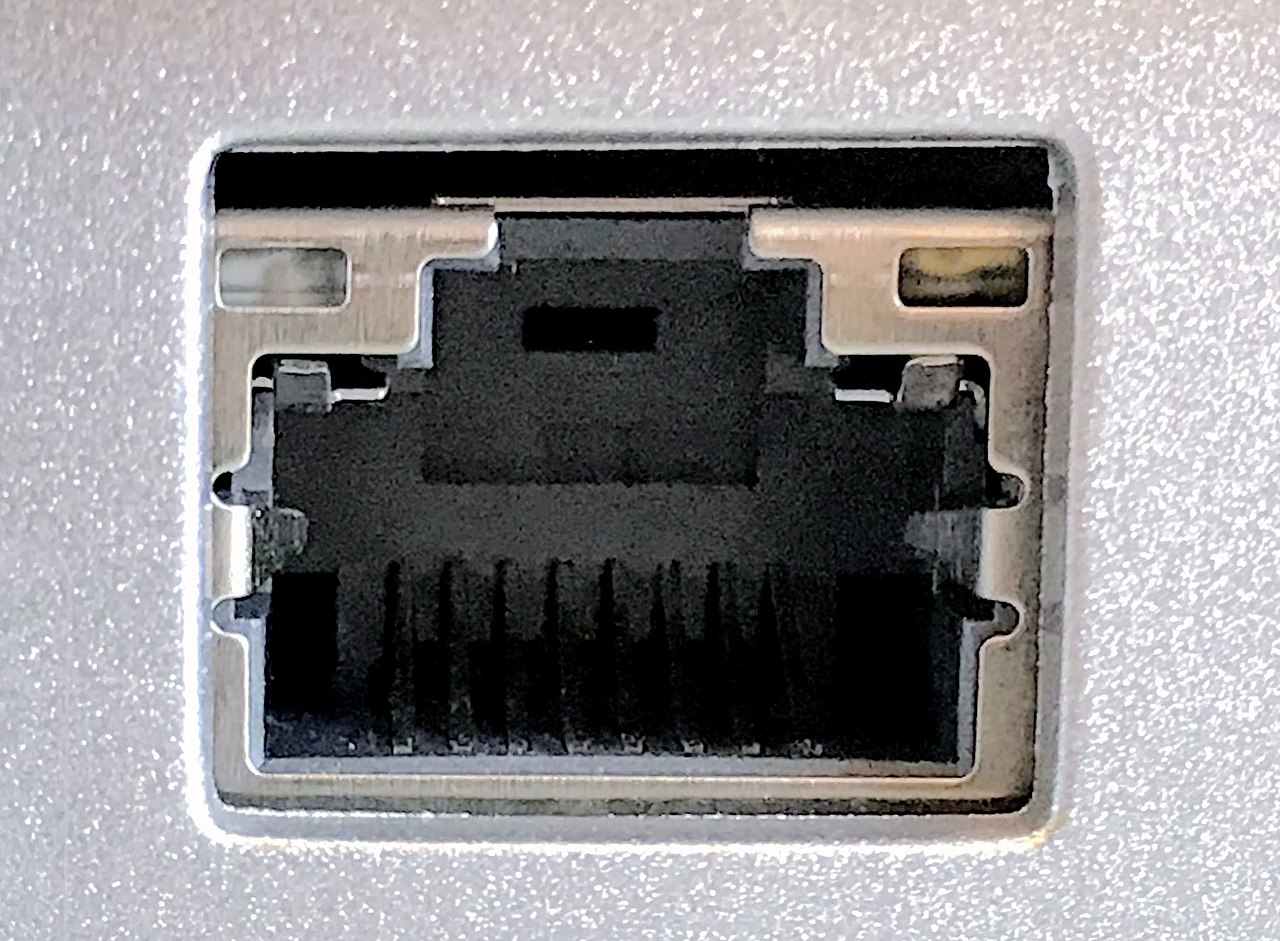
Ethernet Port
The Ethernet port on your information processing system is more technically known as an RJ-45 port, and is used to get in touch your computer to the internet or communicate with other networking devices. This 8-flag connector was commercially introduced in 1980 and has since become the standardised method acting of conjunctive networking devices. A smaller version of the Ethernet embrasure exists, and is identified as the RJ-11 port wine. Information technology's victimized generally for telecommunications purposes.
Where Do Usb Ports Go Building a Gaming Pc
Source: https://www.pcgamer.com/what-every-port-on-your-pc-is-for/
0 Response to "Where Do Usb Ports Go Building a Gaming Pc"
Post a Comment